KXCI Celebrates International Clash Day
“This is a public service announcement, with guitar!”
– Know Your Rights, The Clash, 1982

Joe Strummer of The Clash, London Calling Tower Theater Show on March 6, 1980.
Photo: John Coffey via Flickr.com
It’s been four years since Seattle’s KEXP 90.3 FM DJ John Richards declared Feb. 7 as International Clash Day, and a year since Seattle’s mayor created an official proclamation to honor The Clash on that day. Subsequently, six other cities have jumped on this punk rock proclamation bandwagon, including: Austin, San Francisco, Washington D.C., Vancouver B.C., Bridgwater U.K. and Tucson.
The date doesn’t hold special meaning in the British band’s history; Feb. 7 was just a happy happenstance of Richards spinning the band’s tunes one morning in 2013 and a listener asking him to keep The Clash’s tracks coming. However, it is the timing of the other communities getting onboard that feels significant considering the country’s current political state and the still exceedingly apropos, sneeringly poignant political songs The Clash wrote between 1976-1986.
“I think right now the spirit of The Clash and the spirit of Joe Strummer’s views ring true to a lot of cities not happy with the direction the last election went,” Richards wrote via email. “I also think some of the leaders in these cities are of an age that they clearly remember their own love of The Clash… or at the very least the respect they have for their work.”
Locally, KXCI 91.3 FM Director of Content and Home Stretch DJ Hannah Levin spearheaded the charge to create International Clash Day in Tucson. Levin, who was a KEXP DJ for eight years and moved here in fall 2014, said her KEXP colleagues approached her about getting KXCI involved this year.

“Combat Rock,” released in 1982.
“It was a no-brainer. The Clash is one of KXCI’s ‘core artists’ – music that we already play quite regularly – and the spirit of the day is very much in line with the inclusive, creative culture of Tucson,” Levin explained. “Having had the mayor on my show, I knew he (Jonathan Rothschild) was a big music fan and would likely connect with the themes embodied in International Clash Day – peace, unity, anti-imperialism, anti-racism, poverty awareness and freedom of expression.
“Now more than ever, we need to be embracing a sense of a community that welcomes people from all walks of life and celebrates the type of fearless art that brings us together, rather than divides us,” Levin elucidated. “Music has a visceral power to do that which few other art forms have, so my hope is that in addition to enjoying an avalanche of invigorating Clash-related programming, we inspire listeners to become more deeply engaged with our community around issues of social justice and freedom of expression.”
For fans of The Clash, this will be a most welcome day, and it will be an awesome education for those who are not aware of the band’s amazing body of work. KXCI is celebrating on-air from 10 a.m. to 6 p.m. with special programming that was still being finalized as of Zocalo’s press time, but Levin shared that “listeners can expect to hear Clash classics, deep cuts, rarities, and archived interviews with The Clash. We are also working on interviews with members of Tucson’s music community who were/are influenced by The Clash and/or were in attendance at The Clash’s show at the Tucson Convention Center in 1983, which was the band’s penultimate show with Mick Jones (Howe Gelb snuck into this show!).”
Che’s Lounge, 350 N. 4th Ave., is the headquarters for Tucson’s International Clash Day with DJs spinning Clash tunes that night, along with showcasing a special Clash-themed visual art show – curated by bartender/local artist Donovan White – as well as hosting a record sale of The Clash’s catalogue by Wooden Tooth Records.
Why does it matter? Well, as John Richards shared, “I think one of the main things is, they knew how to write GREAT songs. They also were lightening in a bottle like all great bands, the perfect sound and the perfect players at the perfect time. That kind of magic doesn’t just disappear.”
“There is something singular about their creative focus that is timeless – comforting and galvanizing simultaneously,” Levin added. “Whenever I hear the opening chords of ‘Know Your Rights,’ I always feel ready to be both angry and productive, which is the flavor of punk rock that has always appealed to me the most.”
Get all the event details at KXCI.org. Reconnect with the band at TheClash.com.

The Clash in concert, 21 May 1980. From left to right: Joe Strummer (rhythm guitar), Mick Jones (lead guitar), Paul Simonon (bass guitar). Not pictured: Topper Headon (drums).
Courtesy Chateau Neuf, Oslo, Norway via Commons.wikimedia.org
_______________________________
City of Tucson Mayoral Proclamation
WHEREAS, legendary U.K. band The Clash formed in 1976, establishing their unique sound combining punk with reggae, dub, funk, ska, and socially-conscious lyrics; and
WHEREAS, the band played the Tucson Convention Center in 1983, inspiring many Tucson musicians, including a young Howe Gelb, who formed Giant Sand that same year; and
WHEREAS, throughout their career, The Clash used the power of music to share messages of peace, unity, anti-imperialism, anti-racism, poverty awareness, and freedom of expression; and
 WHEREAS, the City of Tucson encourages all citizens to take inspiration from these messages as we work together to create an inclusive, welcoming city; and
WHEREAS, the City of Tucson encourages all citizens to take inspiration from these messages as we work together to create an inclusive, welcoming city; and
WHEREAS, the City of Tucson and the Mayor’s Office affirm that this city is a Hate Free Zone, committed to values of inclusivity, tolerance, diversity and hope; and
WHEREAS, Tucson takes great pride in its growing music community and the cultural contributions of its many musicians across a wide range of genres; and
WHEREAS, the civically-and globally-minded City of Tucson wishes to join with other like-minded cities across the globe in celebrating International Clash Day; and
WHEREAS, the City of Tucson adheres to the belief in the immortal words of Joe Strummer, “People can change anything they want to, and that means everything in the world;”
NOW, THEREFORE, I, Jonathan Rothschild, Mayor of the City of Tucson, Arizona due hereby proclaim February 7, 2017 to be
INTERNATIONAL CLASH DAY
in this community, and encourage all of our citizens to Rock the Casbah.

 “My Way or the Highway”
“My Way or the Highway”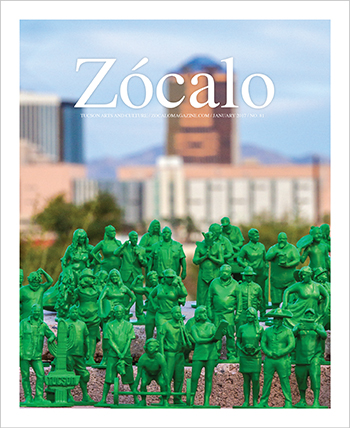
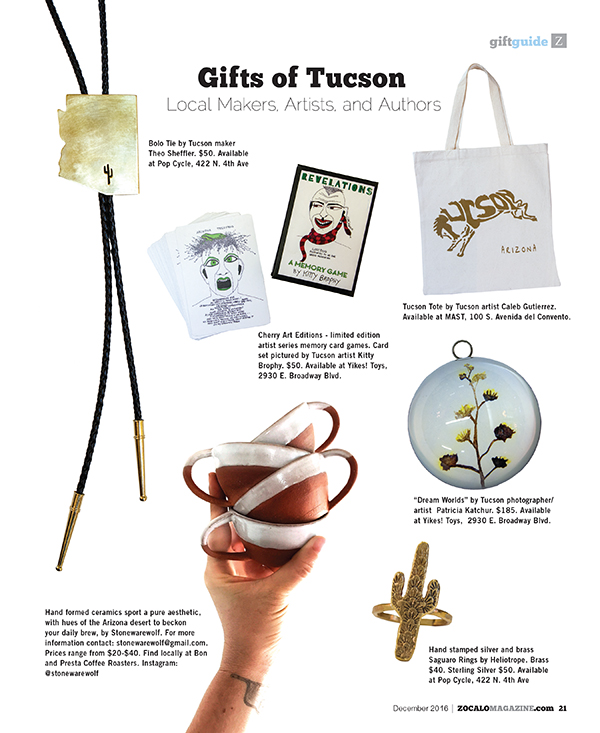
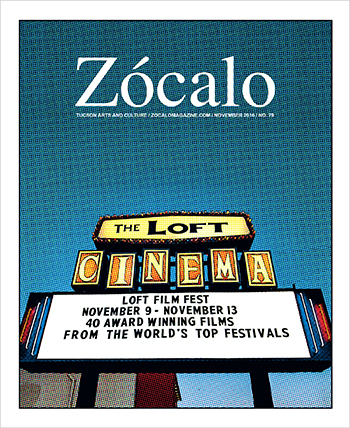
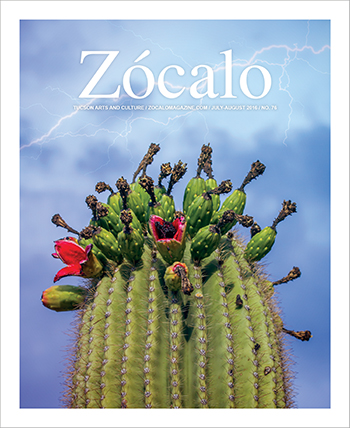
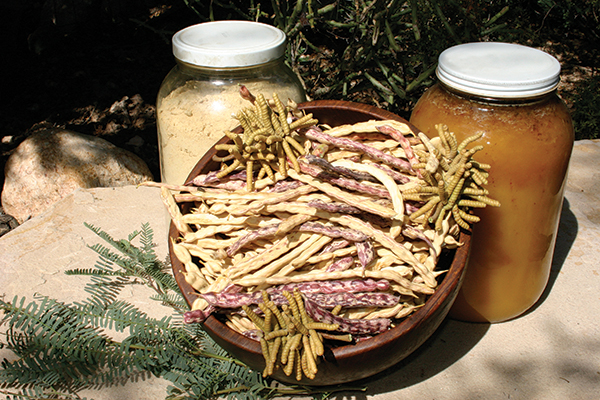
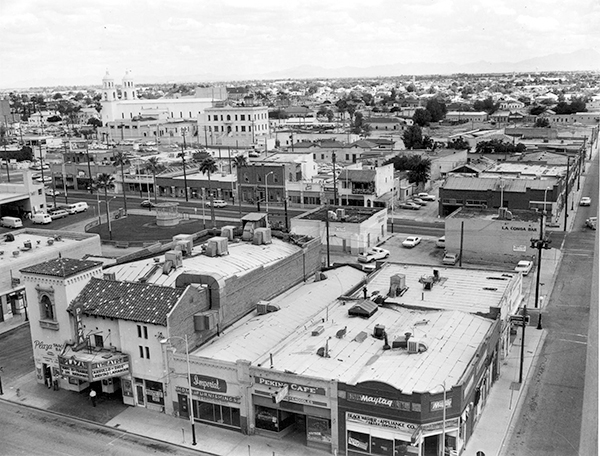 EVENT:
EVENT: When talking about Tucson’s annual Gem, Mineral & Fossil Showcase, people who have been around a while will tell you that it’s changed, that it’s not what it used to be and that nothing is as cool as it was in the good old days. “For years I used to shop for people who live in town, “says Aspen Green, a long time Tucsonan; “people who did not want to be seen because they were too well known. They’d give me a list and $1,000 and I would know exactly where to go to find just the right piece of amethyst or rug or clothing or beads. I had passes to all the shows and I knew just where to get all the good stuff!
When talking about Tucson’s annual Gem, Mineral & Fossil Showcase, people who have been around a while will tell you that it’s changed, that it’s not what it used to be and that nothing is as cool as it was in the good old days. “For years I used to shop for people who live in town, “says Aspen Green, a long time Tucsonan; “people who did not want to be seen because they were too well known. They’d give me a list and $1,000 and I would know exactly where to go to find just the right piece of amethyst or rug or clothing or beads. I had passes to all the shows and I knew just where to get all the good stuff!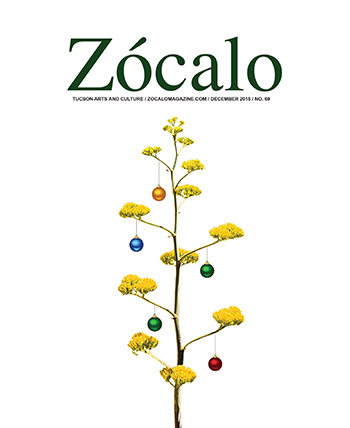




Also find us on...